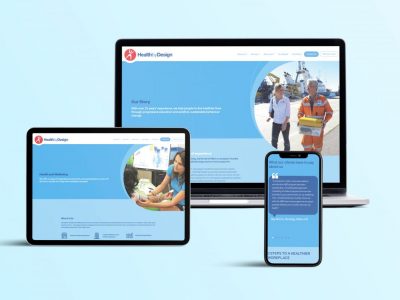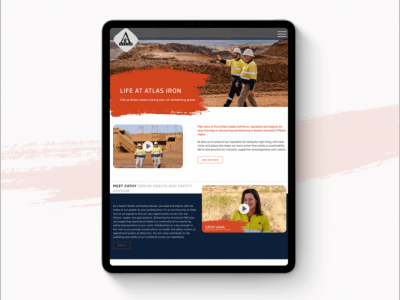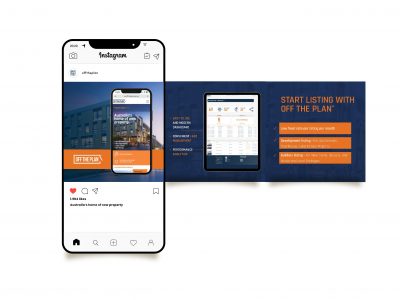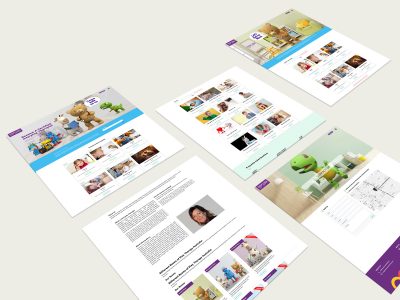When is it time to review your brand identity?


When Optus rebranded they undertook a radical change to their brand identity.
Optus Telecommunications, for example, recently adjusted its brand to “build greater positivity, optimism and an emotional connection with Optus’ customers.” This brand shift included a colour change, using yellow and teal as the two primary colours in Optus’ identity. It also included a hand-crafted typeface, new taglines, and an emphasis on humor.
You don’t need to start over as Optus did, every time you want to update your brand’s image. However, it is a good idea to regularly review and update your branding, to make sure it is in line with both your company’s mission and your target market’s needs and concerns.
What does it mean to update your brand identity?
When you update your brand identity, you change your company’s appearance and materials to reflect new cultural touchstones. Often, this means changing several parts of your brand simultaneously:
- Your logo, or the dominant visual symbol/s associated with your brand
- Your positioning and taglines
- The visual brand elements used in marketing materials i.e. website layouts, product packaging, brochures etc.
- The language associated with your brand
Companies choose to update each of these brand elements for different reasons. A tagline change reflects a brand’s decision to align with new public concerns like health or environmentalism, while a website redesign helps prevent a brand site from falling out of date. Companies may choose to work with a brand design agency to guide them through a staged process and manage all of the moving parts involved in updating a brand identity.
Good – and bad – examples of brand updates.
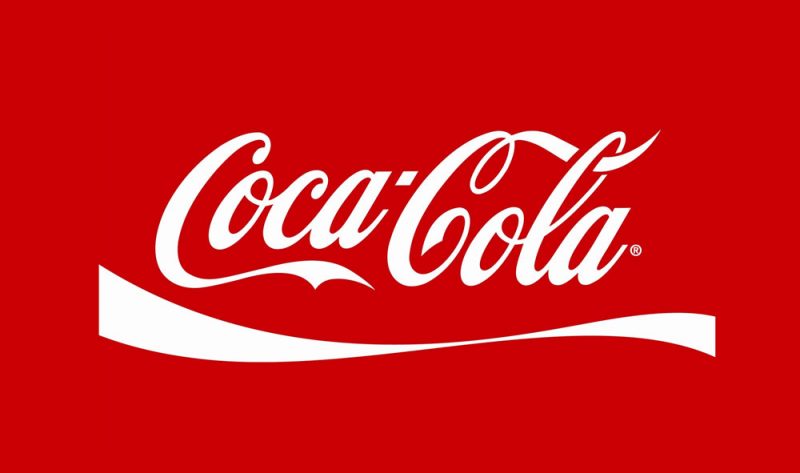
The Coca-Cola brand regularly undergoes subtle changes to stay relevant to its customers.
- Coca-Cola: Coke has an amazing history of brand design. Although its bottles, packaging, and website elements have all changed over the years, its central logo has remained untouched for more than a century. As the Coca-Cola website notes, the words “Coca-Cola” have been printed the same way, every time, except for a brief period in 1890-1891. This is a great way to handle brand evolution: keep your central symbol constant, no matter what.
- McDonald’s: If there’s any brand that has successfully ridden the waves of societal change, it’s McDonald’s. A quick look at McDonalds’ taglines show just how well McDonald’s knows its customers, from the 1960s “Let’s Eat Out,” when the fast food chain was considered a “date restaurant,” to today’s “I’m Loving It,” which reflects fast food’s shift to a primarily individual – and customised – activity.
- Windows: The tech monolith’s 2012 redesign was prompted by a single question from design agency Pentagram: “Your name is Windows. Why are you a flag?” The new logo, however, is a bit hit-or-miss; it removes the flowing lines that made Windows look “flag-like,” but it gives customers something that looks stodgy and stuck in the past – exactly the type of brand image Windows is trying to avoid.
When is it time to review your brand identity?
Undertake a review of your brand every time you have a company strategic planning session, which ideally takes place every 2-4 years. During that brand review, make note of which brand elements are strong, as well as any cultural changes with which your brand might want to resonate.
Plan for a brand evolution every five years, during which you work with a brand design agency to use this knowledge to update your brand. A brand evolution doesn’t necessarily mean a total redesign, but it may mean incorporating tonal shifts, like switching from “Let’s Eat Out” to “I’m Loving It,” or dropping an outdated mascot in favour of something new.
Your brand represents the face your company puts forward to the world. Reviewing your brand helps you make sure that public face is exactly what you want it to be. Taking the time to regularly review and update your brand identity is an important part of running your business, and will ensure you stay relevant and reflect the changing needs of your consumers.
Related Articles
-
3 Reasons Why You Need a New Website
A professional looking, lead generating website is the first step for any Digital Strategy. There are many good reasons for needing a new website, but below are the TOP 3 reasons ...
More -
How Important Is Your Brand to Your Future Marketing?
Brand dwells in the minds of consumers for a long time, and therefore branding is essential to your future marketing. Opportunities grow with the right branding, whereas reputation and value ...
More -
Building Your Digital Brand Experience Online & Beyond
By going digital, you are expanding your marketing campaign online. You start designing a website as a digital representation of your brand, but how do you make it impactful? This ...
More -
Why Website Design Is One Of The Most Important Aspects Of Corporate Brand Rollout?
A brand rollout is a brand new start which has a roll on effect on all your marketing and promotional collateral – including online touch points like your website design.What ...
More

